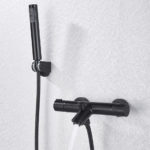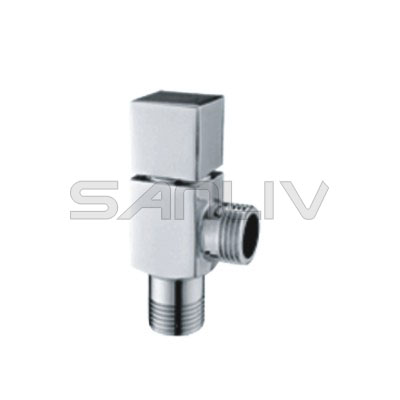How to Install a Ball Valve? Soldering, or “sweating” fittings may be intimidating at first, but Ball Valve installation is easier than it sounds — and much cheaper than calling a plumber.
Étape 1: Determine a location
Determine where you want to install the valve. If it’s a stop valve for a sink or vanity, you’ll just attach it to the end of the pipe. If you’re installing a water shut-off valve, you’ll have to allow enough space around the handle to clear any other pipes, wires, or ceiling joists.
Étape 2: Cut the pipe
Measure the length of the valve and mark the pipe with a pencil. Use the pipe cutter to cut out the length of pipe where your valve will go.
Remember that the copper pipe ends will go into the valve, so be careful not to cut out too much.
Étape 3: Clean the pipe
Use the emery cloth to sand the ends of the pipes. Polish the ends until they are shiny and clean, removing any grease, saleté, or oxidation. Then use the wire brush to clean the inside of the valve at the connection points.
Étape 4: Dry fit the valve
Dry fit the valve in place to ensure a proper fit. If you have to force the pipe into the valve fittings, check to make sure the pipe isn’t bent.
Étape 5: Apply flux and reconnect the valve
Disconnect the valve and brush a layer of flux around the shiny ends of the pipes and around the inside of the valve fittings. Then reconnect the valve and pipes.
Étape 6: Heat the connections
Heat the connections where the pipes fit into the valve with the propane torch until the flux bubbles — eight to 10 seconds. Use the hottest part of the flame — the tip of the blue inner flame — and move the torch around the connection so that it heats evenly.
Étape 7: Apply solder
Touch the tip of your solder wire to the highest point of the connection. Capillary action will pull the solder into the joint. If you are soldering a horizontal connection, move the solder wire tip around the connection to be sure you solder the entire joint.
If the solder doesn’t get sucked into the joint, heat the connection again and reapply the solder.
Étape 8: Wipe off excess flux
Allow the pipes to cool and then wipe away any excess flux. Flux left on copper pipes will eventually corrode the copper and facilitate future leaks.
Étape 9: Test the weld
Turn the water back on and check for leaks. If there is a leak, you can reheat the weld and, using pliers or channel locks, pull the pipe out of the valve. Then clean the pipe and try it again.










